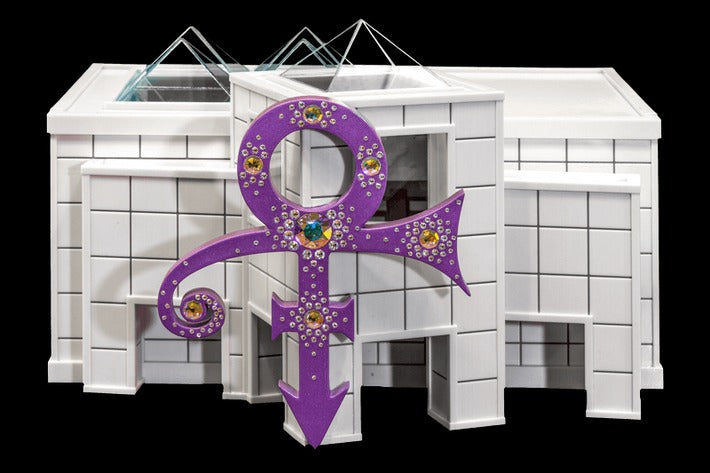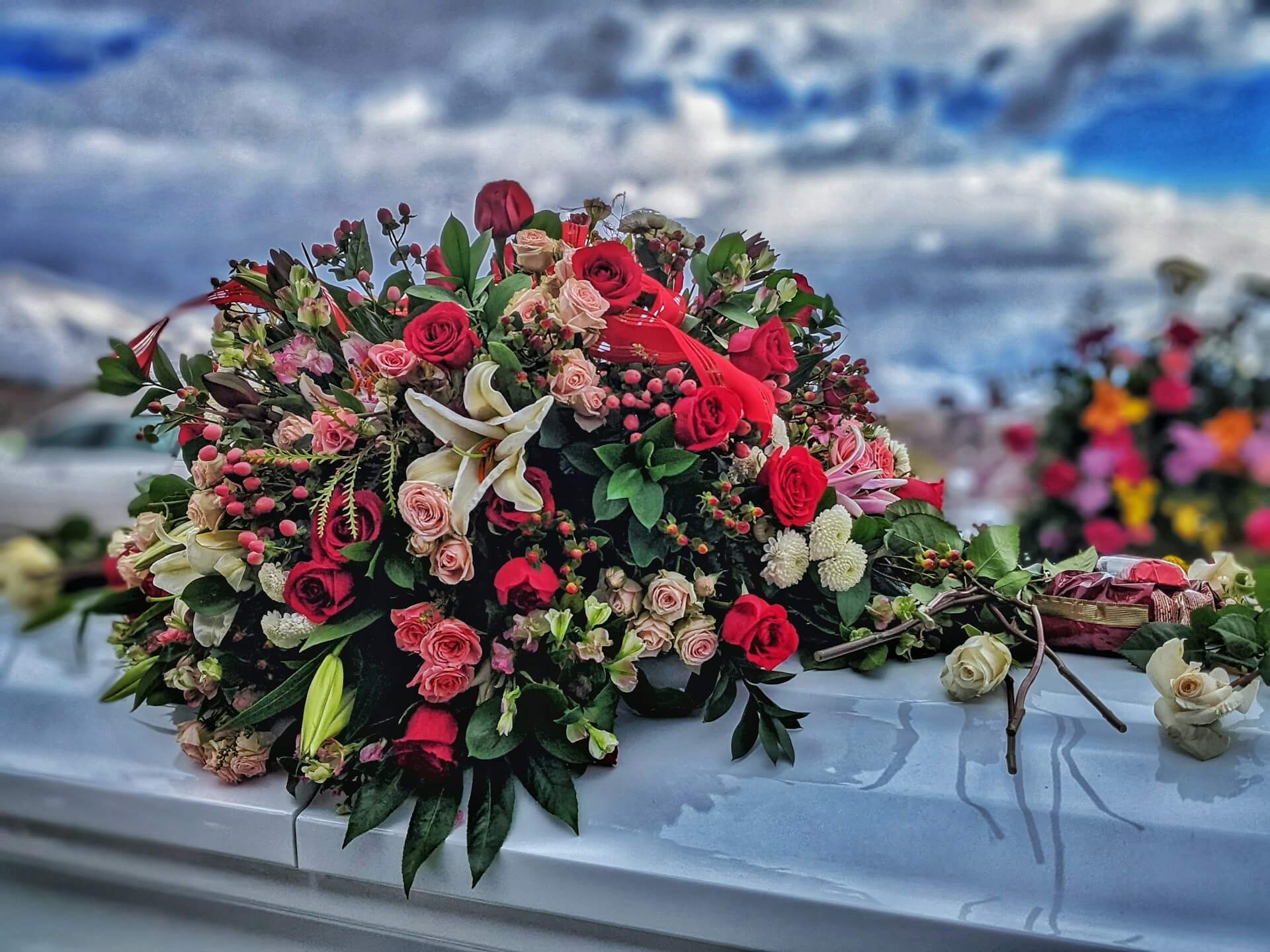Nobody ever wants to have to choose between a funeral vs a cremation, but it’s an inevitable part of life. When it comes to burials compared to urns, many individuals and families are choosing to bypass the old traditions, instead memorializing their loved ones with unique, personalized urns and celebrations of lives well lived. At Foreverence, we’re proud to be leading this positive movement.
What’s the Difference?
Traditional funerals and life celebrations are both ceremonies that pay tribute to a loved one. However, they’re quite different from each other in practice. Similarly, burials and cremations are both ways to lay someone to rest, but the contrast between the two approaches can be quite significant. Here are two personal anecdotes to help you understand how a funeral vs a cremation and life ceremony can differ drastically.
The Traditional Funeral
A friend’s mother passed away recently, and I was invited to attend her funeral service at a church. Her white, vase-shaped cremation urn sat at the head of the altar while the eulogist told us about her life, conveying that she was a loving mother, sister, wife, and daughter. We sang hymns and read aloud from a few family-selected scriptures and then commenced to the church dining hall where the family hosted a lunch with finger sandwiches, desserts, coffee, and water. It was an appropriate tribute to a woman who will be dearly missed by many—a funeral in keeping with the norms and traditions of long ago.
In this case, the decision of a funeral vs a cremation ultimately led to both—there was an urn present at a traditional funeral—but it was still an inherently somber event. Burials compared to urns don’t necessarily mean choosing between mourning and celebrating, as both are part of the grieving process, but there are differences in tone, as you’ll notice in the next passage.
The Life Celebration

I also recently lost a very close friend. He was truly one of a kind. Smart, successful, ambitious, kind, and hilarious. He had many hobbies, including fast cars, fishing, flying, and baseball. He was not a religious person, but he lived his life in the service of others.
His celebration of life was held at an apple orchard near his home, which was a major difference between a funeral vs a cremation celebration ceremony, as the environment was much more relaxed. His family and close friends took turns sharing stories about their favorite memories of him. Tears were followed by laughter, as those close to him recounted his lovable peculiarities that made their life with him so special and interesting.
Because my recently departed friend had suffered from a long illness, he and his family had time to contemplate the perfect celebration. The family set up a Facebook page to share celebration suggestions and crowdsource the contribution of skills—such as videography, graphic design, voice-over talent, and music—from their friend and family network, making the event truly collaborative, meaningful, and deeply personal. That’s a big difference between a funeral vs a cremation celebration—it’s easier to get everyone involved in a positive celebration, rather than a somber affair that’s typically arranged only by close family members.
Based on his wishes and the creative thinking of his loved ones, my friend’s custom cremation urn was in the shape of the Formula One race car he drove as a young man—when contrasting burials compared to urns, that level of personal memorialization was truly second to none.
The post-celebration fare was brats and burgers to commemorate his love for baseball. The celebration was capped by cocktails and a bonfire, per his own wishes. On that note, when choosing between a traditional funeral vs a cremation celebration, honoring the departed’s wishes is the first priority, when possible.
Following the life celebration, family and friends started a road trip to scatter his ashes at some of the most memorable places of his life, beginning with Watkins Glen Racetrack in New York, where he had once raced.
Ceremony vs Celebration
The difference between these two events was palpable. Both remembrances honored the deceased and gave loved ones an opportunity to share their grief, comfort one another, and begin the healing process. But where one event seemed largely ceremonial, another captured the celebratory essence of a life well lived. One felt uplifting whereas the other felt mournful. Although this may not be the case for every traditional funeral vs a cremation celebration, in general, this overall contrast in moods seems to be very common.
It prompts many these days to ask the question of whether the traditional funeral, as we know it, has become a thing of the past. Is the funeral, itself, dying?
A Shift in Traditional Thinking
With Americans overall becoming more secular, ceremonial funerals are also becoming less common. Although the idea of a life celebration supplanting a more traditional funeral is not new, the notion of a non-traditional remembrance is gaining steam. When choosing between a traditional funeral vs a cremation celebration, many are opting for the latter due to a variety of trends.
Societal transience, for example, has changed the nature of mourning the deceased. It’s also no secret that cremation rates have been rising while casket burials are becoming the exception, rather than the norm. Simply put, when it comes to burials compared to urns, the numbers speak for themselves.
The fact that friends and family are now widely scattered across multiple states and countries makes it less likely that mourners will visit a gravesite, causing families to rethink end-of-life alternatives.
In many cases, those who compare a traditional funeral vs a cremation celebration end up opting for the celebratory urn for practical reasons, as well. A custom and personal memorial that’s an ever-present tribute to the deceased—such as unique, modern urns or mementos that capture the essence of a loved one—helps connect grieving families and friends in a way that a physical burial site, miles away, cannot.
However, the most significant force of change is the baby boomer generation. Having long eschewed societal customs, they are simply rewriting the “rules'' about what an end-of-life celebration ought to be. They’re embracing the shift away from traditional funerals that are often seen as an impersonal throwback to a bygone era.
When weighing the pros and cons of a standard traditional funeral vs a cremation celebration, one clearly emerges as the better option. As people live longer, fuller, and more adventurous lives in the new millennium, there’s an overwhelming desire to leave a legacy that speaks to a life enjoyed rather than a life lost. This philosophy also applies to burials compared to urns. Many would prefer they were laid to rest in a way that’s deeply personal and meaningful—a celebration of their passions, stories, and personality.
To celebrate a life well lived, rather than mourn the loss of a loved one, consider some of these departures from tradition:
Location:

When thinking about a traditional funeral vs a cremation celebration, location is a key factor to keep in mind. Rather than choosing to gather at a funeral home or church, consider hosting a life celebration at a place that was exceptionally meaningful to the deceased. I’ve been to memorials at golf clubs, racetracks, and bars that were perfect backdrops for honoring the deceased. While some may consider such celebrations “undignified,” today’s families are far less likely to look to funeral directors or even clergy as the arbiters of dignity and “good taste.” After all, the beauty of a life celebration is truly in the eye of the beholder.
Food and Drink:
As with location, don’t let tradition dictate how you celebrate. Sometimes seemingly minor differences between a funeral vs a cremation celebration can lead to major improvements in the overall experience. For example, some of the best memorials I’ve attended have featured unique food and beverage choices that were individual favorites. I’ve eaten just as much Southern-fried catfish and cheese curds at life celebrations as I have cold cuts and potato salad. Whether the deceased was a fan of haute cuisine or comfort food, there are options for every personality that will satisfy guests and make them smile as they remember their loved one’s impeccable taste.
Theme:
I happen to work in the life celebration business. We are, as I like to call us, storytellers. An enthusiastic remembrance of life’s hobbies, accomplishments, and passions is always a key starting point for every memorial we create. You don’t get those deeply personal elements with burials compared to urns or a traditional funeral vs cremation celebration. When planning a memorial tribute, consider how your loved one would want to be eternally remembered and honored. Was he an athlete? Was she a master gardener? Did he love spending time on his boat? Did she cherish her prized convertible? Was he a musician? Did she adore a certain type of animal? Perhaps there were many passions to be celebrated. Accordingly, the theme can be as broad or as narrow as you choose.
Music:

I’ve had the honor of playing a small role in paying tribute to some of the most cherished musical legends of our time, among them was the legendary musician, Prince. As with food, theme, and location, music is an incredibly meaningful piece of any life celebration, especially when you compare the somber hymns of a traditional funeral vs a cremation celebration where the departed’s favorite tunes are enjoyed. I’ve been a part of memorials that included songs by Bon Jovi, the Rolling Stones, and dozens of other artists not known for their spiritual music. The soundtrack for your celebration can be as simple as a Spotify playlist or as elaborate as a string quartet. Music is tied closely to memory and can help to recall positive images and feelings associated with the deceased.
Celebrating a Life Well Lived
Let’s face it. No one—least of all those spirited individuals who seek to live life on their own terms—would choose a funeral when asked if they’d prefer a somber funeral vs a cremation party! They’re designed to make an inherently sad occasion even sadder. Their sameness makes them unremarkable, and worse yet, quickly forgettable. In contrast, life celebrations and creative memorials are built to last and to carry forward the memory of a loved one in a meaningful and enduring way. The differences between boring burials compared to urns that are designed with love couldn’t be clearer!
Change is constant, and funeral traditions aren’t immune to evolving social and spiritual conventions that can be updated or improved upon. In the end, the only right way to remember a loved one is the way that brings you comfort, peace of mind, and relief from grief—universal factors that matter more than choosing between a funeral vs a cremation celebration. Whether that remembrance takes place in a church sanctuary or an airplane hangar, the spirit of individuality, creativity, and celebration can shine through every tradition, easing pain and beginning the healing process. Life brings infinite possibilities; end-of-life rituals ought to be just as limitless.
Plan the Perfect Memorial With Foreverence
To learn more about celebrating a life well lived, explore our inspirational custom urn design ideas, our blog, and our FAQs. For one-on-one guidance, contact Foreverence today. Our process for making custom urns is simple and will help you creatively memorialize your loved one’s unique personality and legacy.
We hope this blog has helped you choose between a traditional funeral vs a cremation celebration. Turn a difficult time into a beautiful experience with Foreverence.










